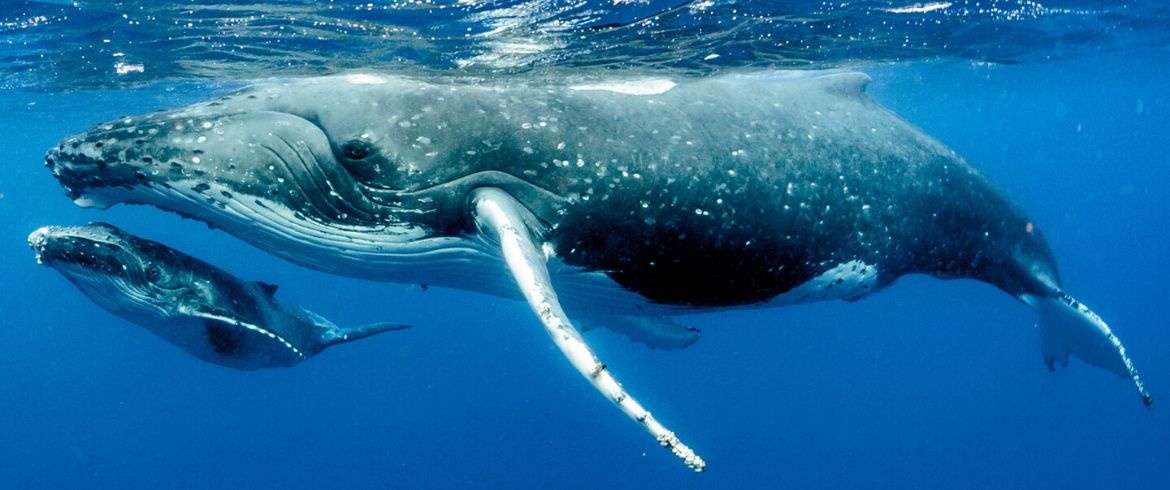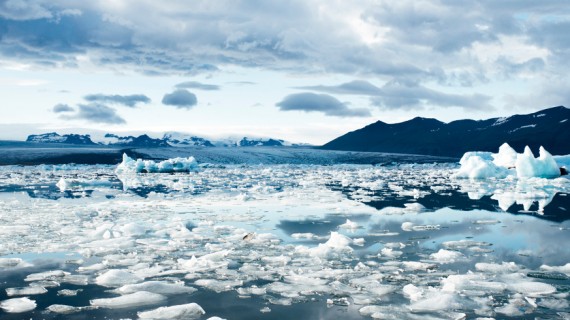Whales capture as much carbon as 4 Amazon forests would. Research shows that these animals can be the key weapon against global warming.
Marine biologists found a way to lead us to a climate change improvement, thanks to a low-tech solution… Well, completely no-tech!
According to the latest study of the International Monetary Fund, whales capturing potential is at least 40% of CO2. This means that experts look at whales as a means for a breakthrough in the fight against global warming.
There are two challenges which should be overcome to find a way to mitigate environmental damages. Firstly, to find a working solution. Secondly, to have the necessary funds.

The Whale Pump: a move to save the world
But how have whales come to be this useful? As simple as it seems, thanks to their movement. When it comes to find nourishment, whales go down in the deep sea; yet, to breathe, they must surface. This natural vertical motion works as a “pump”, which leads extremely functional elements towards the sea surface. Such elements are nitrogen and iron, the perfect environment for phytoplankton to grow.

The biggest change from the smallest creatures
Phytoplankton is one of the organisms with the highest carbon capturing potential. Their presence in our seas is directly proportional to the abundance of whales, due to the whale pump. Their ability to store CO2 comes from the way they live – they release oxygen and absorb carbon dioxide. We can say this works similarly to plants’ photosynthesis.
Startlingly, it is estimated that if phytoplankton would increase by only 1%, then it could absorb hundreds of millions of tons of carbon per year. We require 2billions of trees to match these results. At last, whales’ average lifespan is more than 60 years. The profit for the entire world would be priceless.
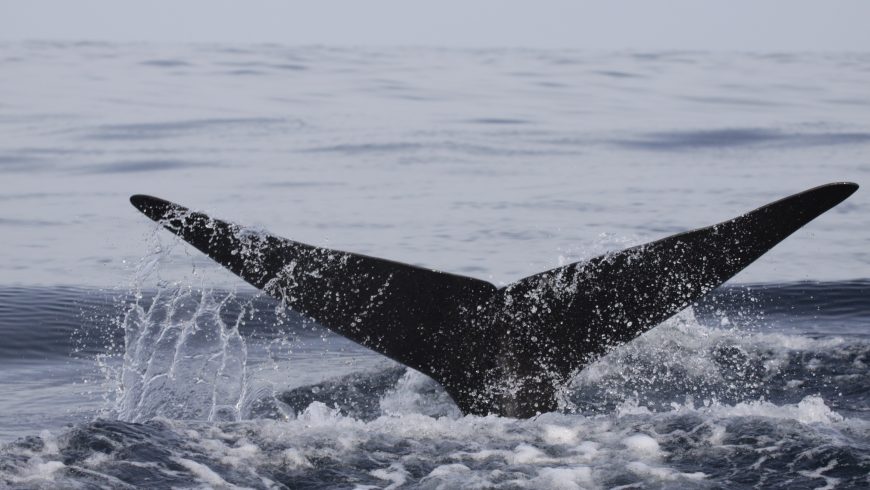
What can we do to help?
With the purpose of appeasing the global warming damages, we simply shall let whales live.
Sadly, as the study states, the overall whale population had to go through hard times.
The killing of whales and commercial whaling have dramatically reduced their presence in our seas. We went from the presence of 5 million to 1.3 million nowadays. The positive news is that some species of whales are likely to recover and quickly grow in number.
New threats against whales
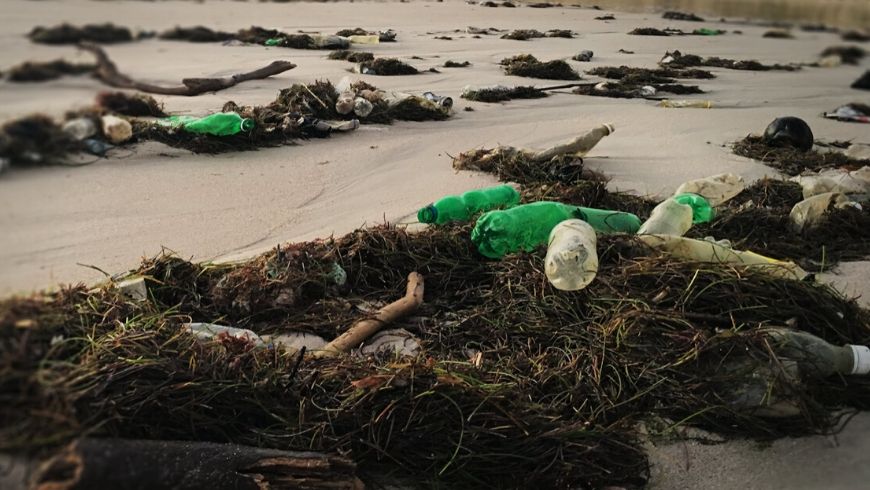
Threats to whale life did not end by banning whale hunting. Still, nowadays life-threatening hazards are significant. It is in our abilities to lower these dangers. Examples can be:
- Ship strikes
- Abundance of waterborne plastic waste
- Entanglement in fishing nets
- Noise pollution
Certainly, each of these hazards can be decreased, or avoided, with the intention to protect these essential animals for a positive future on the Earth. The main problem, however, is always the same. This is a public issue. Therefore, we shall find and sign international agreements and policies. It is a war to be fought standing together.
How can we help the survival of whales?
In the first place, we can create funds to minimize the previously mentioned threats. Funds such as the REDD, Reducing Emissions from Degradation and Deforestation. The institution’s aim is to support conservation programs, addressed to specific ecosystems. These ecosystems are naturally able to reduce CO2 in the atmosphere. Consequently, they contribute to the planet health. An example given by forests.
Lately, the REDD defended forests from deforestation, in view of carbon-capturing potential. This shall happen to whales, too.
Therefore, forest protection is of the utmost importance. Due to both their key role in CO2 fighting and dozens of other benefits.

If we would acknowledge this discovery and find the suitable funds to protect whales, we would gain an unparalleled air improvement. Every large whale has the ability to absorb at least 33 tons of CO2. It is hard to believe this, compared to the 21kg of carbon per year captured by a tree.
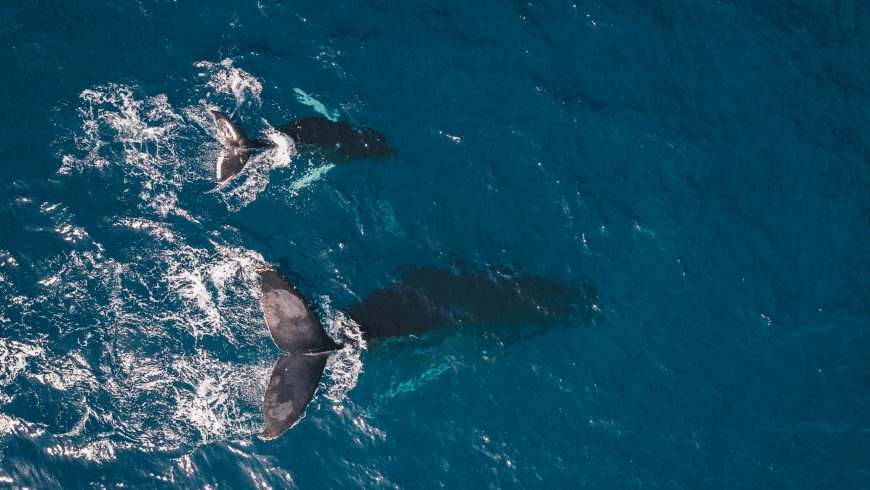
Helping whales is possible. Ideas and projects are taking place.
For instance, when it comes to ship strike risk, we can think about funds designed to change dangerous routes. Moreover, in order to diminish plastic waste in the sea, scientists are working on innovative solutions. One of the latest is the Ocean Cleanup – it picks up plastic thanks to sea currents mechanism. Fortunately, many similar projects will be adopted.
The perspective is optimistic. Innovations are many, discoveries are packed with hope and the population efforts are more and more rising. We are now in need of international agreements to get things moving. It won’t be a piece of cake, but don’t stop believing in a positive future! Hang in there!
Cover image: photo via unsplash
